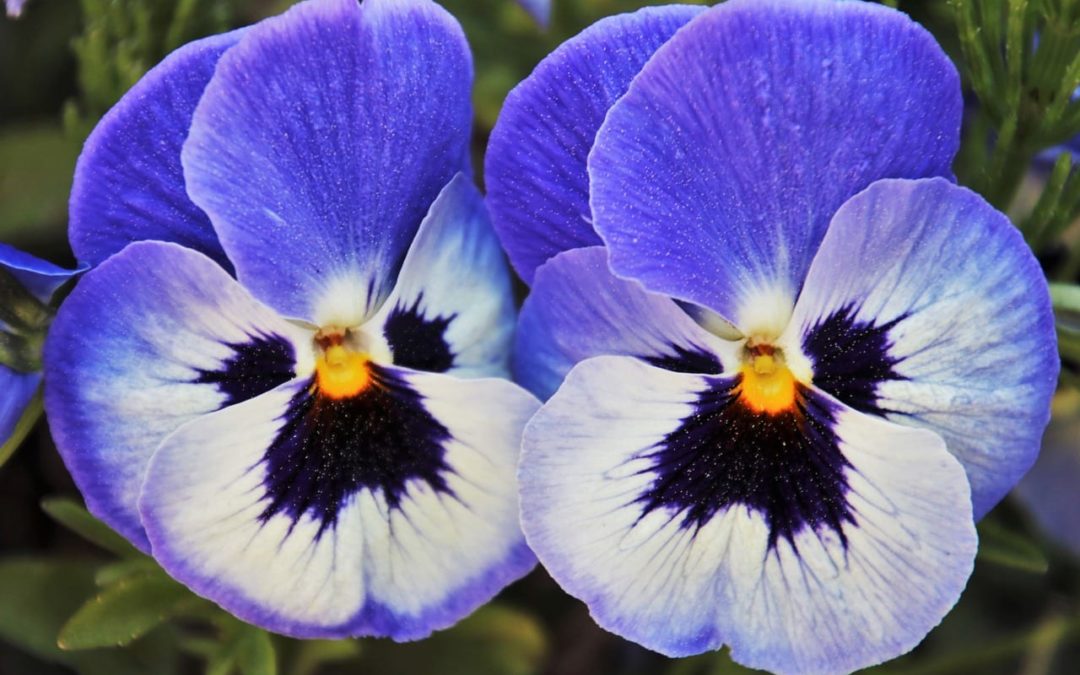As winter recedes, each sign of spring seems more symbolic than the last. And March’s teasing tone always makes me a little crazy. I’m longing for thunderstorms instead of snow showers. The sandhill crane’s raspy call or the melodious song of a redwing blackbird makes me grin. Even the bright yellow bloom of the first dandelion can be a cause for celebration.
It’s time to sow cool weather veggies, like broccoli, cauliflower and other members of the cabbage family. Peas, potatoes and onions could go right into the garden if you’re lucky enough to find workable soil by the end of the month.
You can certainly start very hot peppers and eggplants though they are warm season veggies and shouldn’t go into the ground until mid to late May. Wait until mid-April for tomatoes and sweet peppers though. They’ll get leggy long before it’s time to move them outdoors. Unless you go to extreme protective measures around tender vegetables, you won’t get much of a head start if cold weather nips your transplants. Warm weather vegetables and annuals will be stunted if exposed to cold temperatures.
The Vernal Equinox is on the 20th this year, but the average frost-free date for Dane County occurs somewhere between April 26th through May 9th. Many varieties of annuals are fine outside unless temperatures below freezing are in the forecast. We should see pansies, snapdragons and other annuals that laugh the chilly temperatures of early spring in the next couple of weeks, depending on the weather, and will be sure to keep you posted. Temps below freezing won’t kill them, but can stunt the flowers. So keep some covering material handy for chillier nights.
Are you especially anxious to start growing veg? Some raised beds may be ready to work by the end of the month and you can sow some radish or spinach seed. Or try them in containers that you can pull in and out of the garage if necessary. Remember though, to thin the seedlings once they have two sets of leaves. Use small clippers to remove weaker plants. Pulling them from the ground can disturb the tender roots of the plants you are leaving behind. This may seem cruel to novice seed-growers, but thinning will result in larger and healthier plants with bigger yields. Again, keep those floating row covers handy for chilly nights.
It is a bit soon to look for half-hardy annuals like marigolds and celosia. Once nights are reliably in the 40’s, they’ll be safe without any frost protection. But really tender plants like impatiens, coleus and sweet potato vine will most likely need protection until late May. Any temps below 50 degrees are cause for concern for these cold-sensitive plants. Watch out for chilly spring breezes, too.
And if you’re starting some summer blooming bulbs like dahlias and begonias indoors, remember to mix some slow-release fertilizer into the soil that is filled in around the roots. This will help them get off to a great start. You can supplement later with water-soluble feedings.
Spring is a crazy time of year for our phones and Plant Information Desk. If we don’t answer the phone, please leave us a message on our voicemail line. I promise that we return the calls of everyone who leaves a message, usually within a few hours. And as plants begin to flood the benches and beds, we post lots of pictures. So like us on Facebook and you can see what the delivery trucks are bringing!


